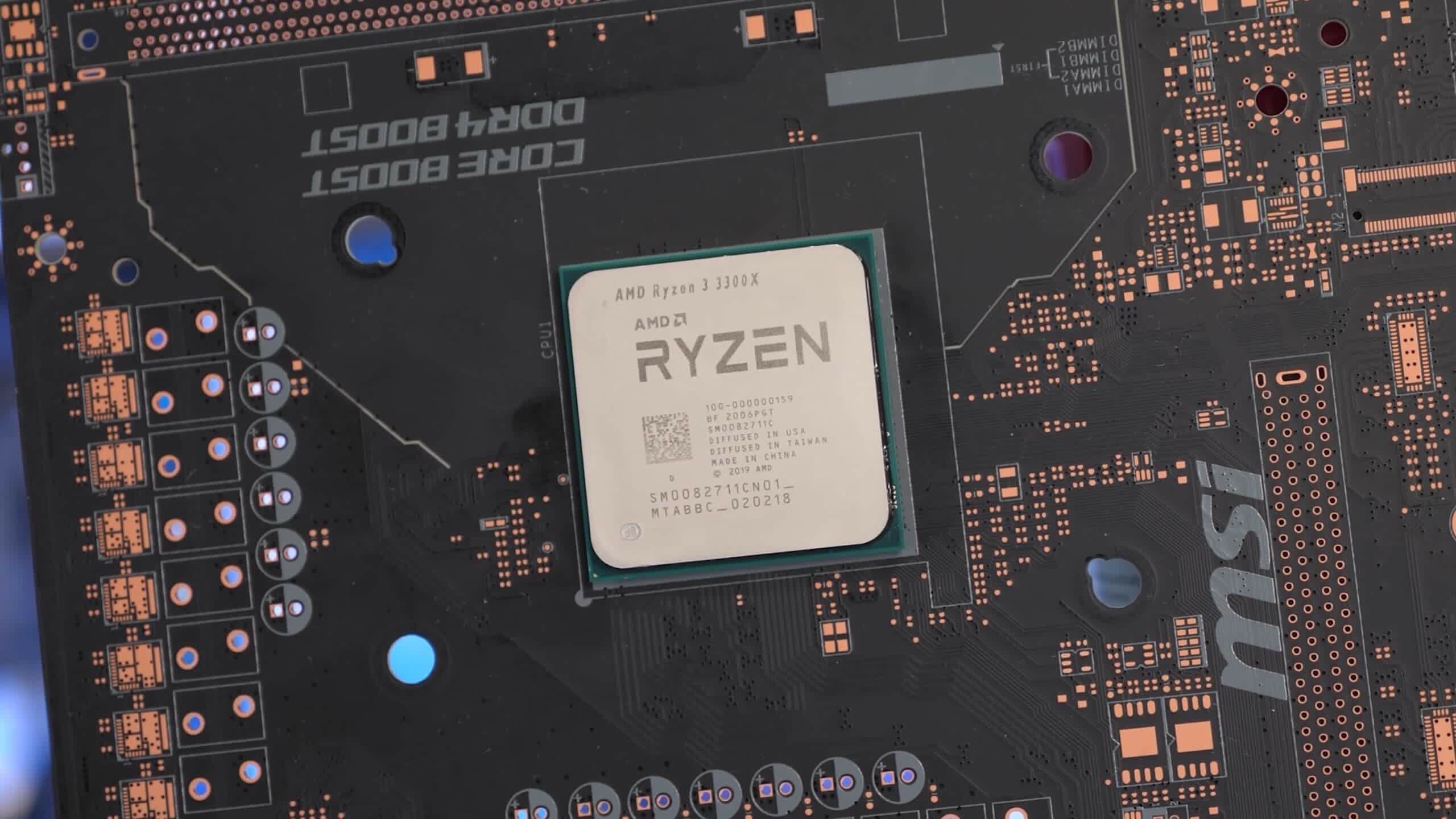In brief: An update to the Linux source code has confirmed that the next-generation of AMD Ryzen APUs, code-named Van Gogh, will have support for DDR5/LPDDR5 memory and will use Navi 2 integrated GPUs.
Although little is known about the Van Gogh architecture, we do know that it will use Zen 2 processor cores built on TSMC's 7nm process, like current Ryzen 3000 offerings. It's expected to be designed for low-power laptops but it could also make a desktop appearance.
Barring any surprises, Van Gogh will be the first series of major consumer processors to include support for DDR5 memory, and its laptop and mobile counterpart, LPDDR5. The JEDEC council, who ratify memory technology standards, only finalized the DDR5 specification in July.
DDR5 memory will be about twice as fast as DDR4 memory – although SK Hynix has suggested that they're working on 8400 MT/s sticks already, which are almost thrice the default speed of DDR4. Other benefits of DDR5 include quadrupling in density, a doubling in prefetch length, a slight reduction in minimum voltage, and the option to treat a single stick as being in a dual-channel configuration.
APUs are particularly sensitive to memory speed because the integrated GPUs doesn't have access to dedicated VRAM, so the upgrade to DDR5 should yield a significant increase to graphics performance. That, and the benefits of Navi 2, should make these APUs excellent for casual gaming and other video tasks. The low-end GPU may become an endangered species as Van Gogh and its competitors, Intel's Tiger Lake and Alder Lake, become more prevalent.
Van Gogh's predecessor, Renoir (a.k.a. Ryzen 4000), launched in January, so AMD might release this next generation APU at a similar time next year, though before that happens we should see how they do with Zen 3 and Big Navi in the next few weeks.
